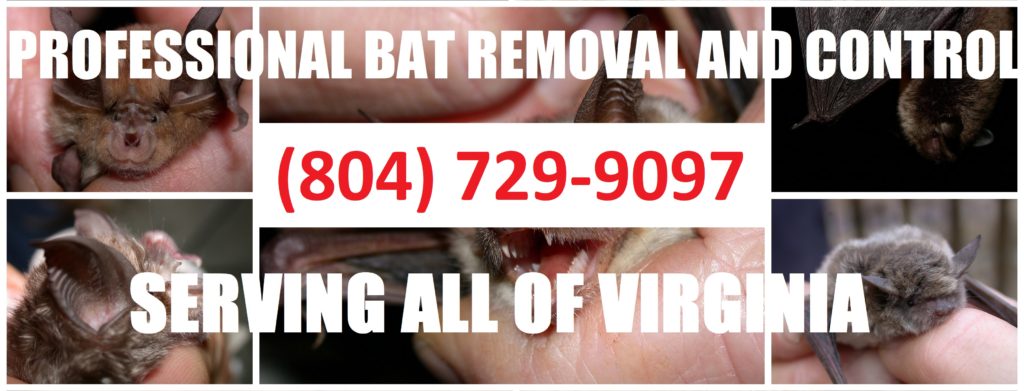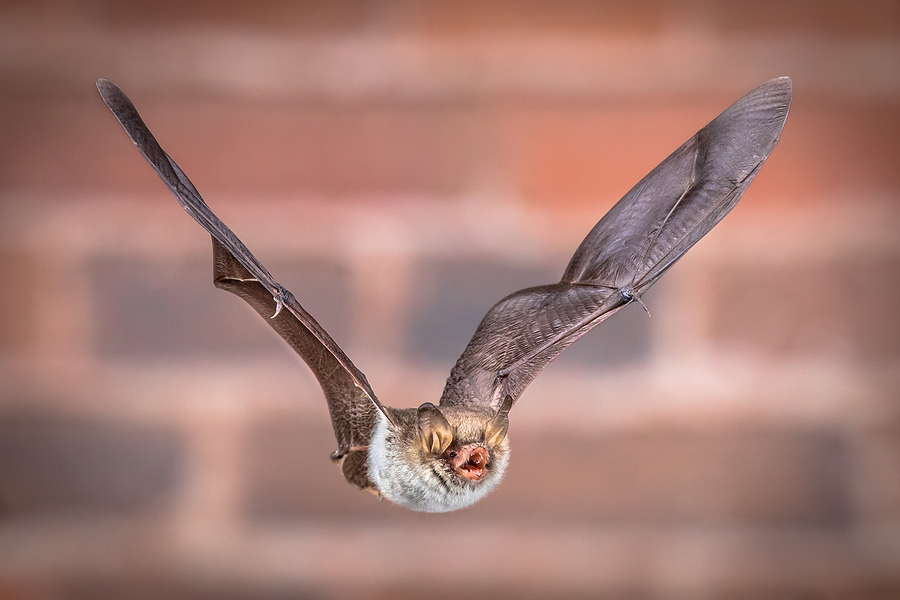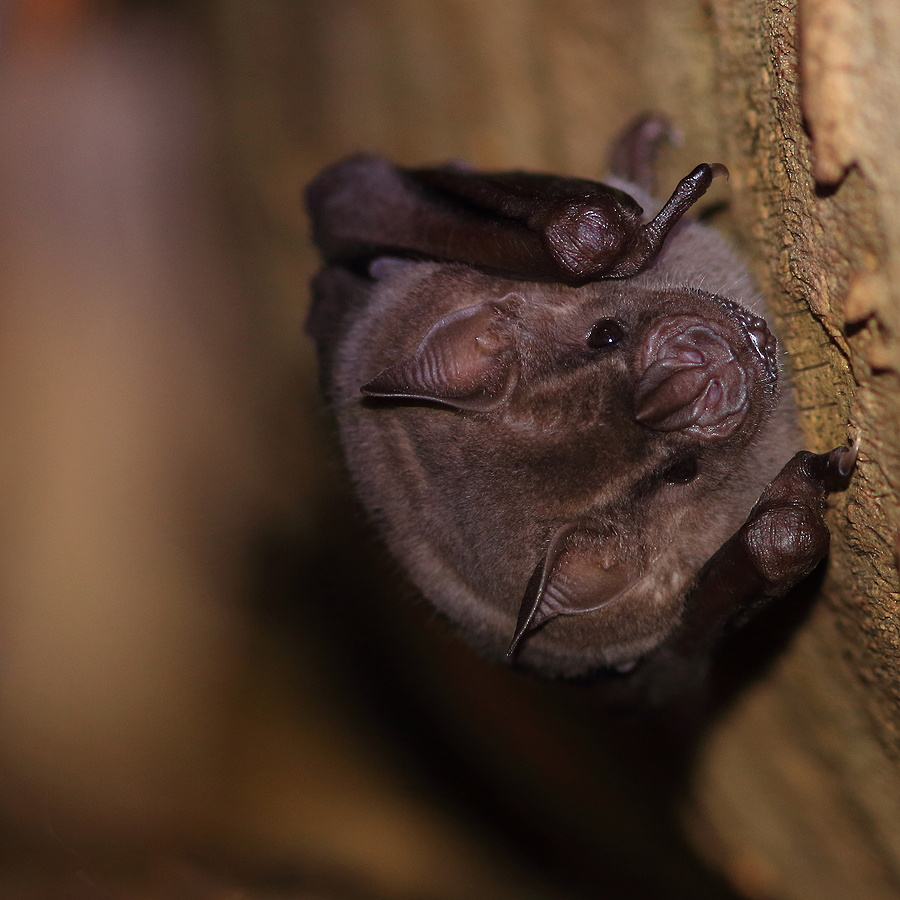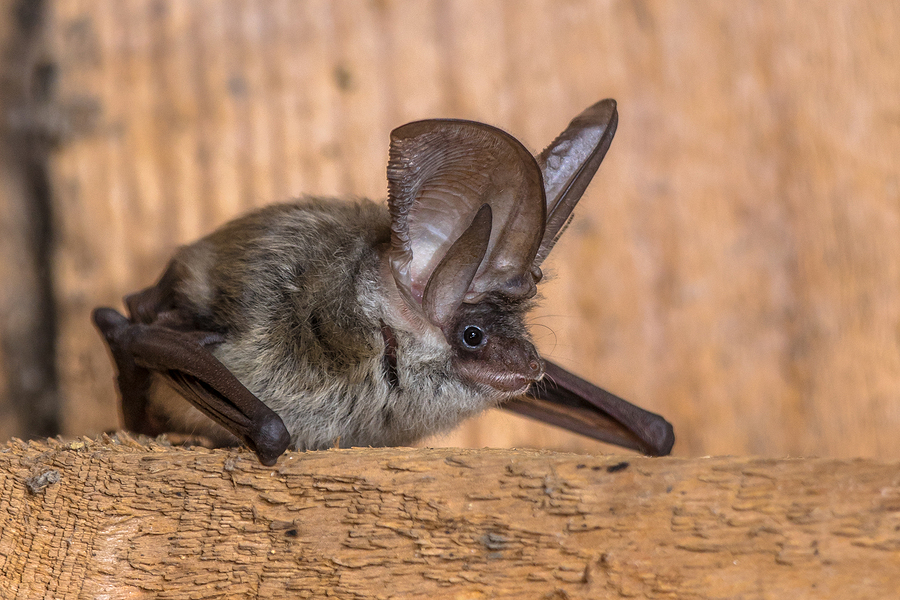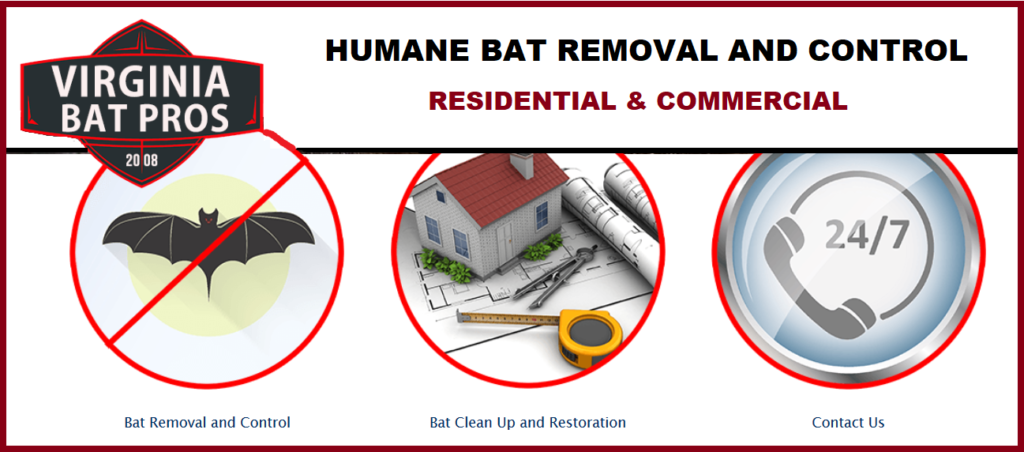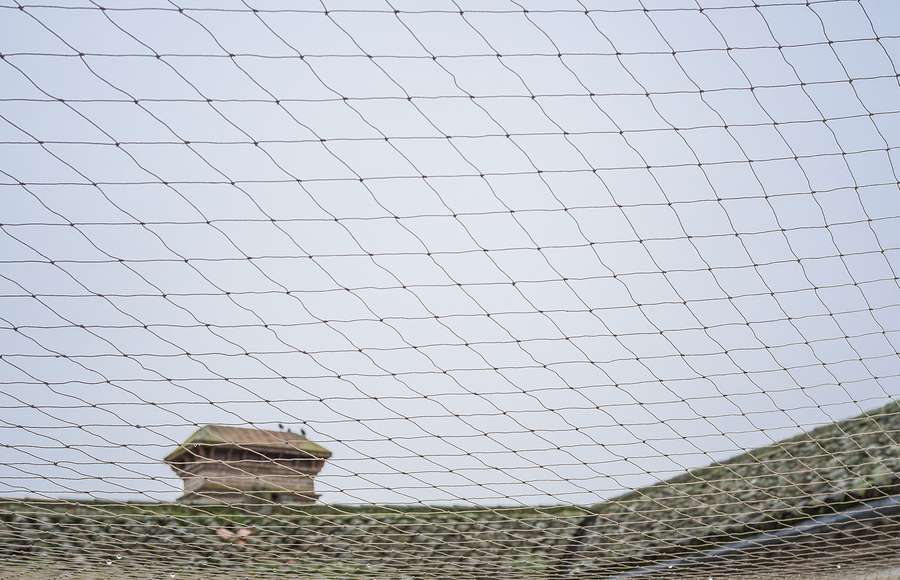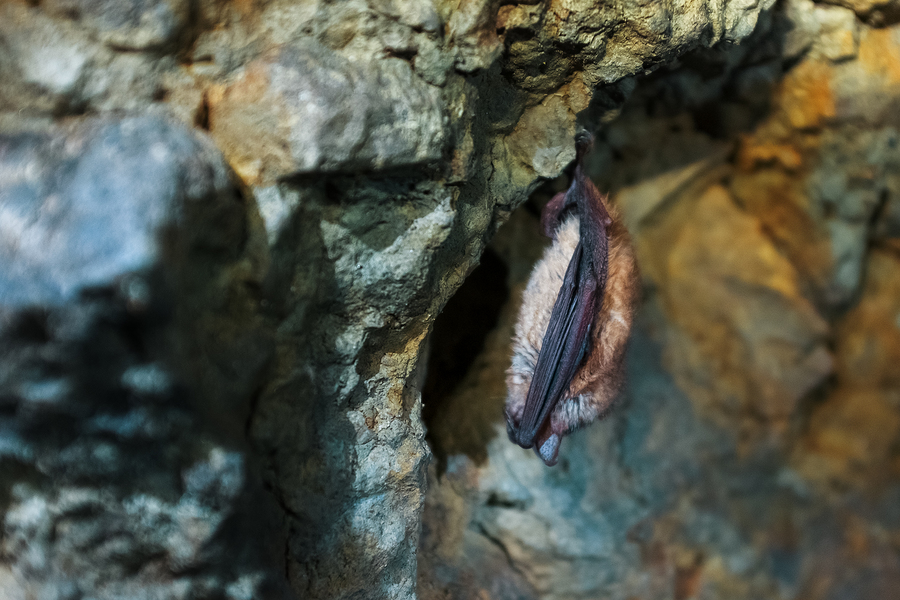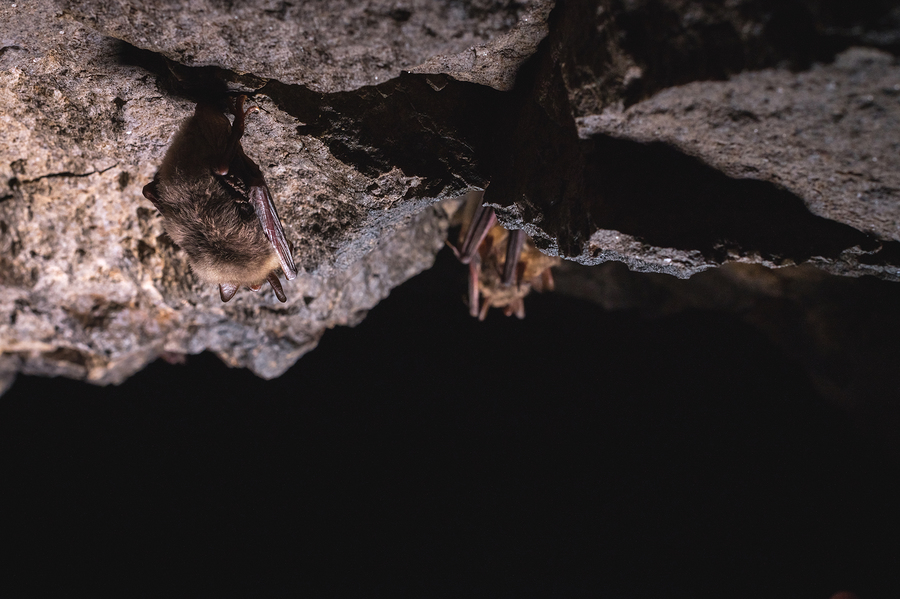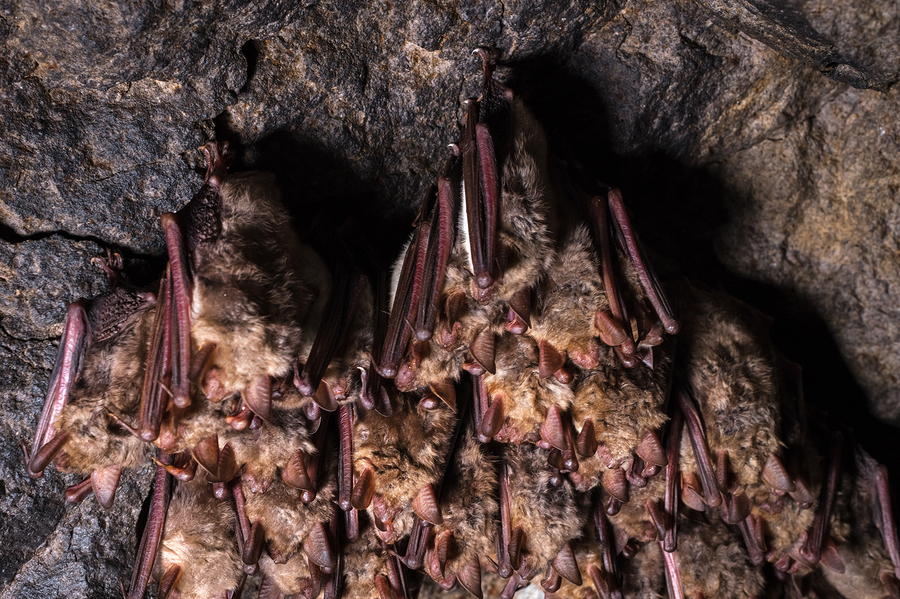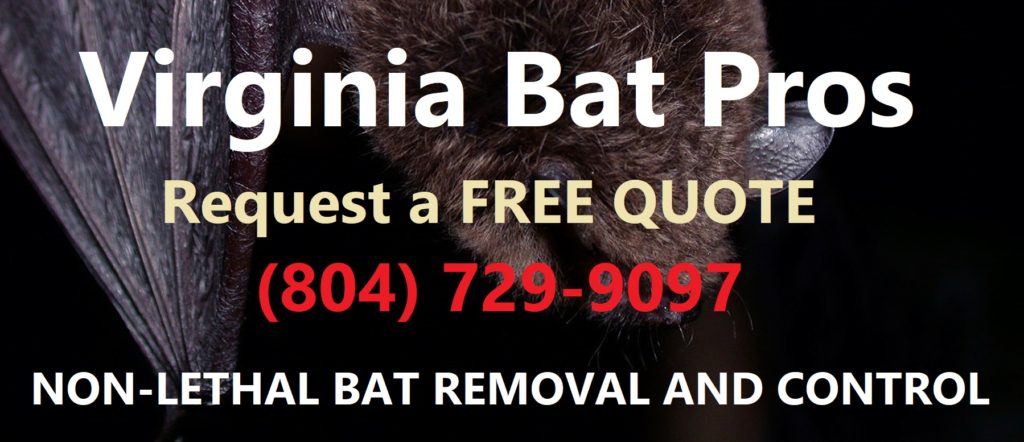This time of year, bats are looking for dark and cozy places to call home for the season. Although common bat habitats generally include hollowed trees, abandoned mines, caves, rock crevices, and similar areas in nature, they sometimes choose our own residential structures if the opportunity presents itself. Frequent targets for nuisance bats are roofs and attics. They start their roosting beneath the shingles, and eventually make their way into the inner wall cavities and attic spaces of the property. And if you have a tiled roofing system, your home is an even bigger target for roosting bats.
Continue reading to learn how to detect a bat problem, and more importantly, how to get rid of them and protect your roof from now on.
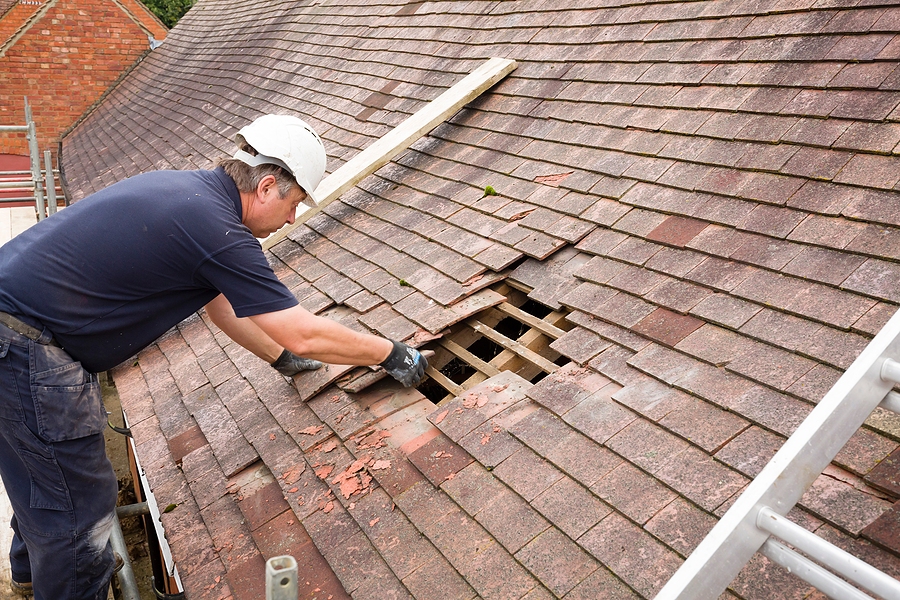
Tile Roofing and Bat Roosting
Tile roofs are a common target for bats in search of a roosting spot because of their design. Not only are they easily accessible, due to their shape and curvature, tile shingles have an inner void that makes for the perfect roosting spot. Underneath a tile shingle, bats have darkness, warmth, and privacy. Clay tiles are especially targeted because the material actually retains the heat of the sun, which keeps the shingle void quite warm throughout hibernacula.
You might be wondering how an animal can even fit beneath such a small roof shingle, but they have no trouble at all. You see, bats in the Michigan areas are very tiny. Most of them can fit into a gap or hole as little as 3/8th of an inch, including the Little Brown bat, Big Brown bat, and the Hoary bat. That is about the size of a nickel! This means they can fit through the tiniest opening, within siding, roofing, crumbling mortar, dry rotting wood, soffits, attic vents, exterior cracks, and anything else that permits access.
Bat Proofing Your Roof
There are products on the market that you can have installed in or around your roofing system to prevent nuisance animal intrusion. These products are eco-friendly and humane for wildlife, including bats. They range in price depending on quantity, quality, scope, and installation. Although they work well, these products only solve half of your nuisance bat problem.
There are additional steps that must take place in order to thwart nuisance bat activity around your property. Methods include full-property inspections, gap sealing, environmental modifications and monitoring, integrated pest management, restoration of bat damages, and more. How can you ensure these needs are met? You simply contact a local and trusted Michigan bat removal and control company for expert assistance at an affordable price.
How to Get Rid of Bats in Virginia
Call Virginia Bat Pros at 804-729-9097 when you need to get rid of bats in Virginia. We use safe and humane methods to deliver effective 24 hour bat control for residential and commercial properties throughout Virginia. We also offer restoration and repair services for damages caused by bats. We serve all of Virginia, including Richmond, Petersburg, Short Pump, Lynchburg, Charlottesville, Norfolk, Chesapeake, Newport News, Virginia Beach, and all of their surrounding areas.
